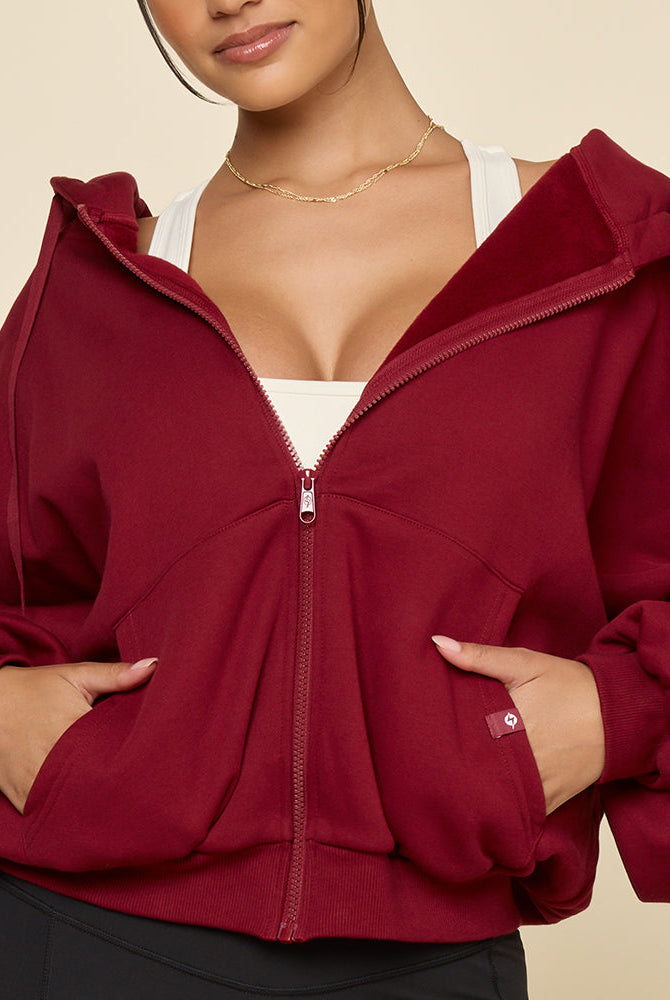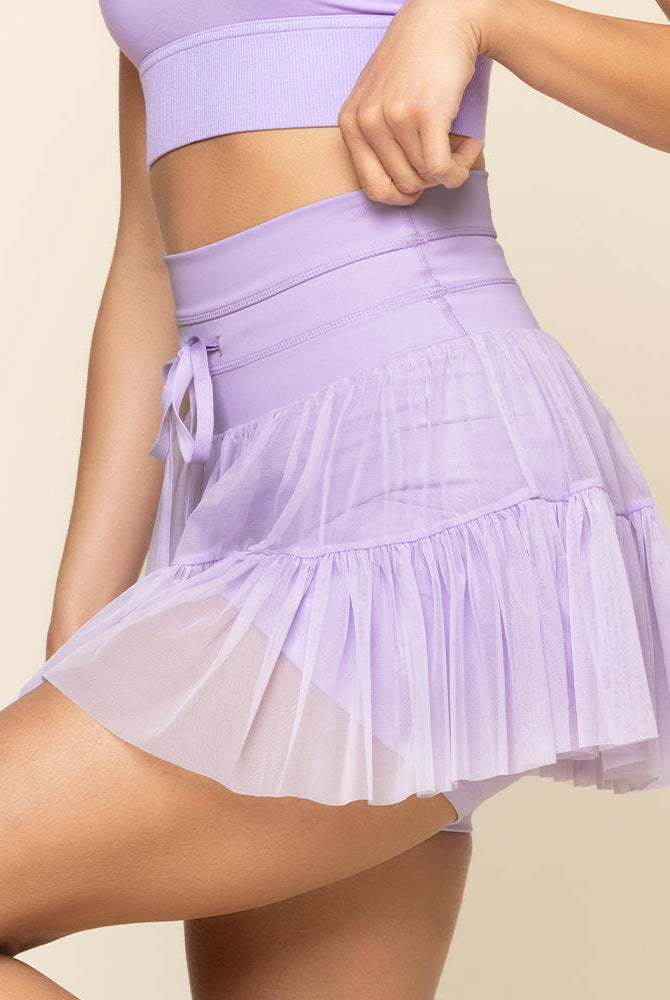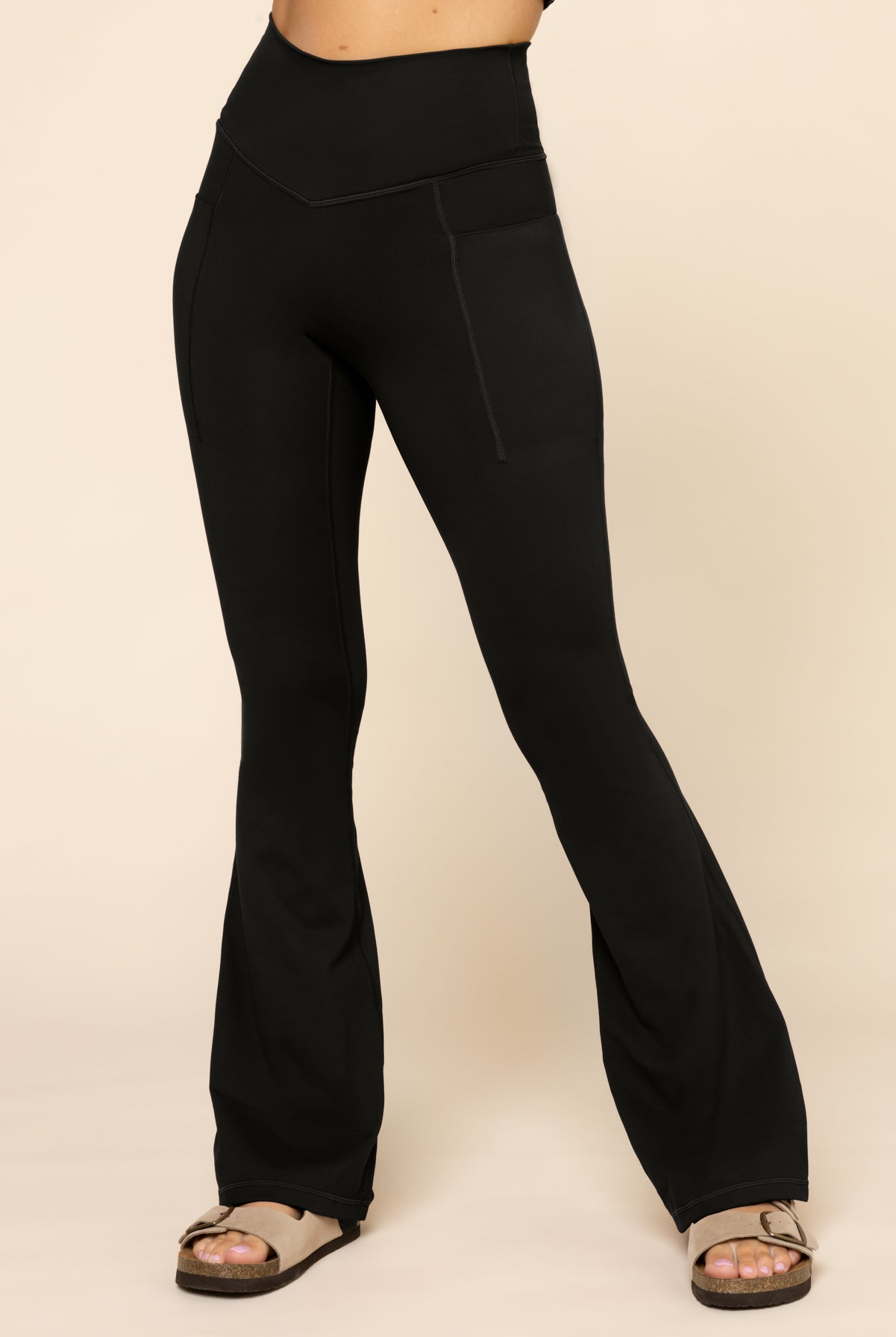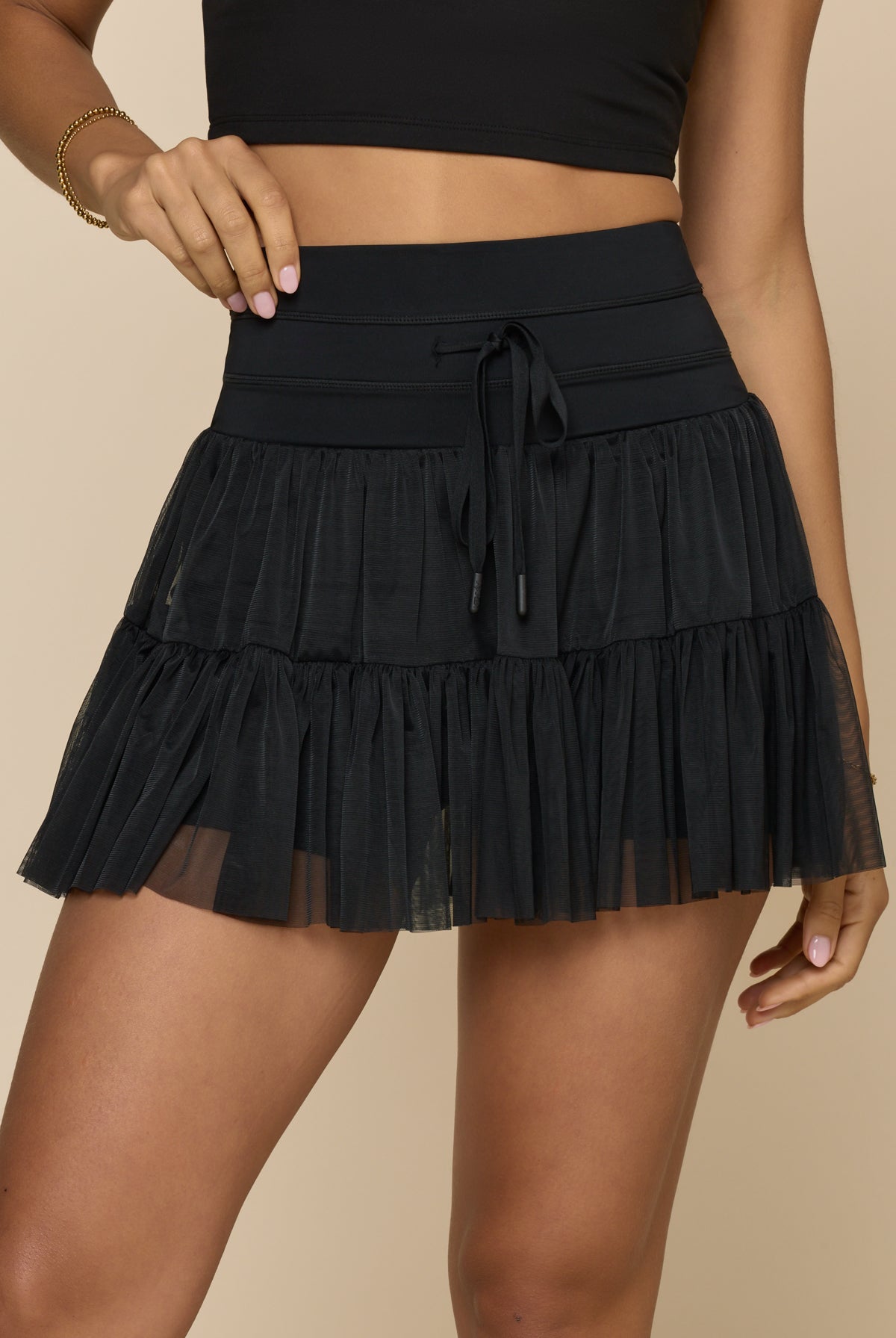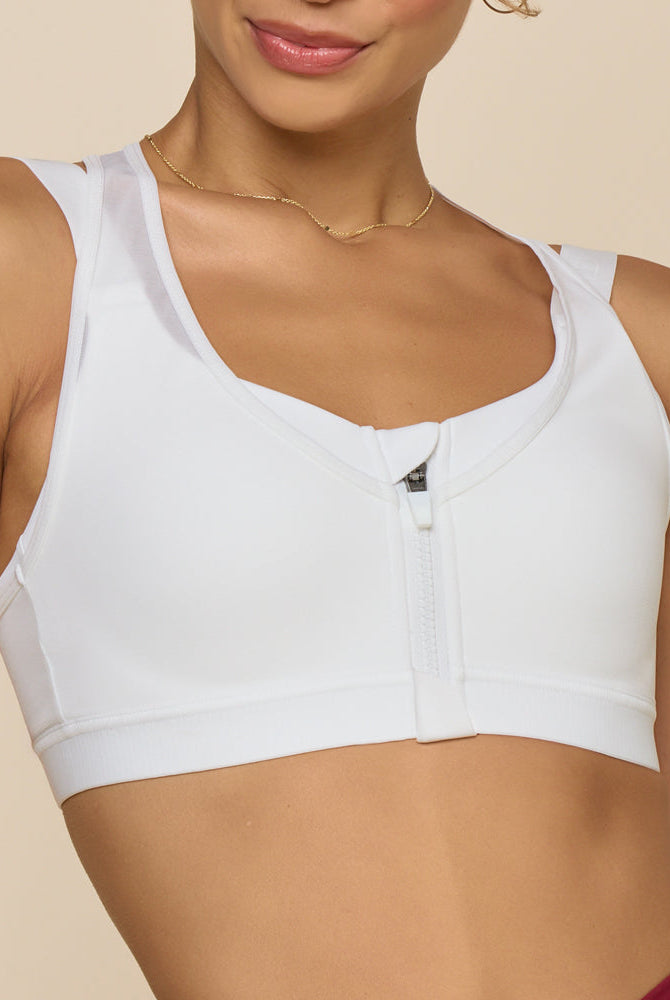Okay, it’s time to talk about an important subject. It’s not fun, but it could be absolutely CRUCIAL for your workouts and your overall health.
Let’s talk about fitness injuries. Unfortunately, they can be more common - and more harmful - than you might think.
This could sound scary, and it kind of is. However, we’re here to help. Knowledge is power, and with a few safety tweaks to your workouts, you can protect yourself and your body from long-term harm…during even the most intense of workouts!
Let’s start by talking about why these injuries tend to happen and what the most common types of fitness injuries are. Then we’ll discuss a few simple ways that you can work towards safety while you’re challenging yourself during an intense workout session.
The Most Common Fitness Injuries
1. Feet Frustrations

Your feet are your (literal) foundation - and, while we tend to associate painful, aching feet with running injuries, your feet can start to hurt even if you’re not a runner. Think about it: when you’re squatting, doing balance exercises, or even just standing with your weight evenly distributed, you’re putting a lot of pressure on your feet. They don’t get a break - which can result in the following issues:
- Ankle sprains: When you twist or turn your ankle in an awkward way, you can stretch or even tear the tissues that support your ankle bones - resulting in a sprained ankle.
- Inflamed tendons: Tendons act as connectors in your body. For example, your Achilles tendon connects your heel to your lower leg muscles. Lots of stress on your tendons can inflame them, which results in puffy, swollen tendons. For example, when you overuse tight muscles, or repeat a motion too much, it can hurt.
- Stress fractures: Did you know that during high-impact exercises, you can exert forces on your feet that are up to 20 times your weight? Stress fractures are hairline fractures in bones in your feet. They’re often caused when your feet aren’t used to high-intensity activities, such as a sudden, more challenging workout.
- Subungal hematomas: Often known as ‘black toes’, this unpleasant and painful situation occurs when your toes hit against the inside of your shoes too hard and too often. If you don’t wear supportive sneaks or your sport includes kicking things around (i.e. soccer players) you could risk this fitness injury.
Quick Rx: Wearing the wrong sneakers can contribute to this, in addition to skipping your warm-up exercises or not taking a break when it’s time for rest day.
2. Leg Lamentations

From challenging stretches to improper form, let’s face it: You put a lot of pressure on your legs, too. These types of injuries can also take a really long time to heal - literally benching you or putting you on bedrest! Here are the most common leg fitness injuries you’ll come across:
- Pulled muscles: Hamstring strains, groin pulls, painful calf muscles and more: We love a good squat, we really do, but overworking cold muscles can tear or strain your muscles, enforcing rest and causing you undue pain.
- IT band injuries: This lateral knee injury tends to happen after you flex and extend the knees repetitively without rest. Your IT band runs from the outside of your hips to the outside of your knee through your thigh. If it gets tight or inflamed, you could see swelling around your knee.
- Shin splints: ‘Shin splints’ is an easy-to-remember term for medial tibial stress syndrome. It happens when the tendons and muscles that surround your shinbone get inflamed after lots of stress.
Quick Rx: Remember that proper form is more important than how quickly you can run or how many reps you complete. If you’ve pulled a muscle, it’s a good idea to take a break from strenuous exercise. Stretch gently, and heat or ice the affected muscle until you feel like you’re back to normal.
3. Aching Arms and Other Ailments

The joints and muscles in your arms, hands, and shoulders are meant to be versatile and mobile. When you complete repetitive movements, you work the ligaments in your arms and shoulders - which is great for growth; however, if you overdo it, you can strain or cause injury.
- Rotator cuff injuries: Your rotator cuff consists of the muscles that surround your shoulder joint. If you perform a lot of overhead work or exercise movements, watch out for a chronic dull ache in your shoulder. This could indicate overuse of your rotator cuff muscles.
- Elbow pain and wrist pain: Putting stress on the tendons near your joints can affect collagen formation, muscle growth, and even form scar tissues in your tendons when they tear and re-grow. As a result, you can have weak tendons and weak muscles.
Quick Rx: Cross train! In addition to reps targeting your muscles, make sure you focus on strength training and mobility work to protect your joints and ligaments.
4. Painful Posture (Neck and Back Issues)

Raise your hand if you’ve ever had lower back pain or neck issues after an intense workout! Back pain is very common, and it’s usually a result of improper posture or unsafe workout practices.
In fact, the most common cause of pain in your neck or back will likely be due to a muscle injury—a probable result of stress or overuse. (Are you seeing a trend here?) Amping up workout too quickly, failing to use proper form, and neglecting flexibility and mobility work are all surefire ways to end up with stressed-out spines and preventable pain.
Quick Rx: As you’re moving through your workouts, check for proper posture. Setting up a mirror in your space so you can check your form or working out with a friend to spot each other is a great way to maintain safety while you’re building strength.
5. Sensitive Skin

While they might not seem as serious as internal issues, skin problems can HURT! Here are the top two that tend to be the most common:
- Blisters: When your skin undergoes a lot of friction or other stress (such as burns), your skin will blister to help let the skin heal. That healing process can be painful—and, since it’s best not to pop blisters until they resolve on their own, they can get in the way of normal workout practices.
- Chafing: No matter your size or body type, you probably have a place where your skin rubs against itself or against another body part. This friction can literally rub your skin the wrong way—leaving the skin raw and sensitive.
Quick Rx: Skin concerns are a great reason to invest in high-quality activewear. Fitted layers of sweat-wicking clothing are specifically built to reduce skin-on-skin contact and raw, tender areas that result in chafing and blisters! You can also get ointments that help soothe irritated skin, if that is a frequent concern.

How to Keep Yourself Safe
We’ve offered a quick suggestion for fitness safety in each section, but here are a few simple tips that should help in any situation!
- Stretch it out. One of the reasons that muscles tear is because we push them past their limits. Stretching gently as a regular practice can lengthen your muscles and make them more supple in a less shocking and hurtful way. Make sure that you never stretch beyond the point of discomfort, though, no matter what your goals are—the idea is to help you become more flexible over time, not all in one day.
- Don’t skip your warm-up or cool-down. We get it—sometimes you don’t have much time, and you just want to get to the fun part of your workout. Even though this might seem like a good way to save time, you do so at the risk of injury. Research shows that taking the time to do your pre-workout stretches can reduce injury by a lot. You need to get that blood moving before you push yourself to see the best results!

- Switch up your strategy. Whether you’re a runner, a yogi, a lifter or obsessed with pilates, it’s a good idea to change it up and cross-train to work towards holistic fitness. Doing mobility work and strength training can protect your joints and muscles when you shift to more challenging projects.
- Know when it’s time to stop. We’ll keep this one short and sweet: You know that phrase “No pain, no gain”? Forget that. Forget it now. There’s no such thing.
Always remember that when you're working out, you need to approach it gently even when you're pushing yourself to grow. Our take? It's simple: You don’t need to hurt to become the best version of yourself 💛 Stay safe out there!


